Editors’ Picks




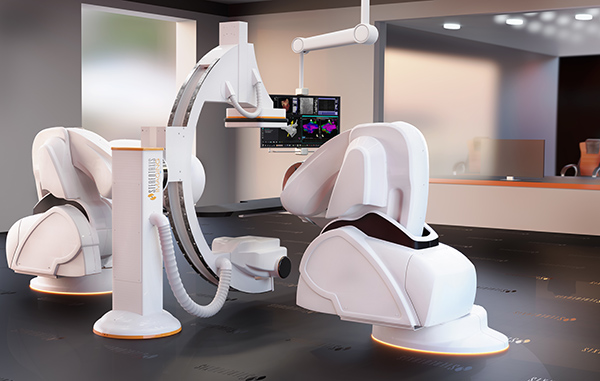
Found in Robotics News & Content, with a score of 5.86
…with arrythmias,” said Fischel. “With remote collaboration, physicians in Italy and Portugal could help each other and share interoperative maps.” Magnetic system finds success in Monaco Stereotaxis this week announced that its Genesis system was installed at the Princess Grace Hospital Center in Monaco. Electrophysiologists at the hospital have been using Stereotaxis' technology in 2006. Since then, more than 1,000 patients in Monaco have benefited from the system's precision and safety, said the company. Dr. Gabriel Latcu, head of electrophysiology and deputy head of cardiology services at Princess Grace Hospital, has successfully treated patients in the first procedures performed with…
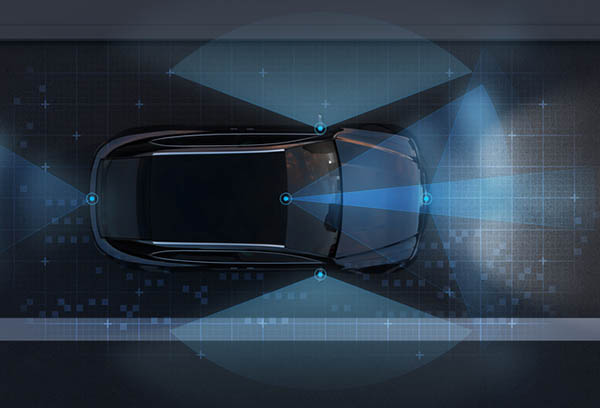
Found in Robotics News & Content, with a score of 9.08
…fabless companies. The company operates manufacturing facilities in Israel, Italy, the U.S., and Japan through TPSCo. Tower Semiconductor builds on USC research Researchers from the Ming Hsieh Department of Electrical and Computer Engineering at the USC Viterbi School of Engineering, led by SungWon Chung, designed the new IC technology. Manufacture of the ICs used Tower Semiconductor’s open foundry Silicon Photonics platform. The PH18 Silicon Photonics platform offers optical components including ultra-high bandwidth modulators and photodetectors, serving demand in data center and infrastructure optical communication markets. This platform also offers high-performance elements necessary for high-precision lidar applications, such as low-loss silicon…
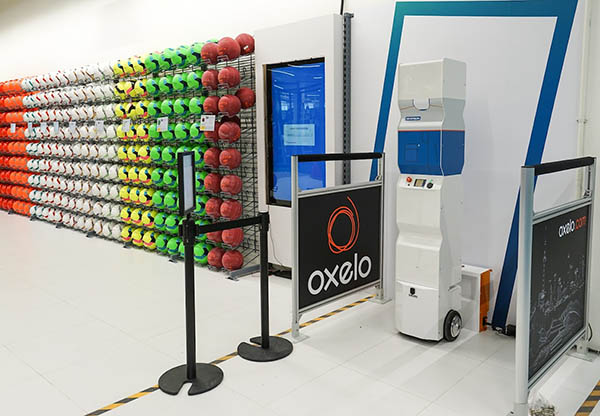
Found in Robotics News & Content, with a score of 8.73
…helping customers.” Decathlon has also deployed PAL Robotics StockBots more recently in France, the Netherlands, Spain, Portugal, Poland, Ireland, Italy, Taiwan, Thailand, Malaysia, and Australia. Discussions are ongoing on further deployment opportunities in other countries, said the partners.
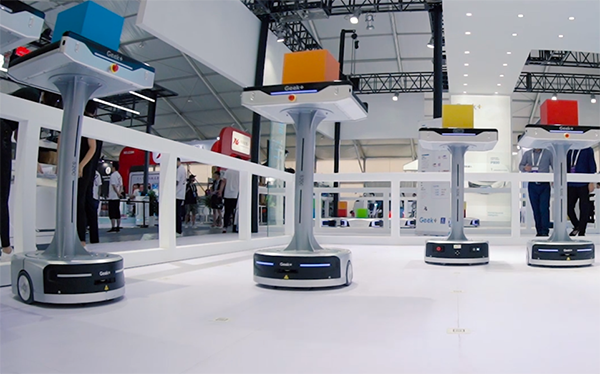
Found in Robotics News & Content, with a score of 10.13
…France, Spain, the U.K., Portugal, the Netherlands, Poland, and Italy. Set in a 562 sq. m (6,049.3 sq. ft.) warehouse, 29 autonomous mobile robots (AMRs) now support warehouse employees by handling sorting of 1,400 to 1,500 parcels per hour. Today, employees will put ordered goods onto sorting robots that will automatically transfer them to one of the 104 sorting cages bound for different destinations following a simple chutes layout made up of QR codes, said the companies. With no need for wires or fixed infrastructure, operations can flexibly scale if there is a sudden change in throughput demand by simply…

Found in Robotics News & Content, with a score of 7.41
…market. The Deventer, Netherlands-based company has partners/resellers in Sweden, Italy, Lebanon, Spain, and the U.S. Founded in 2015, Geek+ applies robotics and artificial intelligence to systems for warehouses and supply chain management. The Beijing-based company said it has 300 global customers and has sold more than 20,000 robots worldwide. Geek+ AMRs work with WSR algorithms Based on real-time demand, Geek+ autonomous mobile robots (AMRs) can optimize the movement of ordered goods between the storage area and picking station, said the company. At the picking station, WSR’s intelligent algorithms enable the stacking of cases of varying weight, height, width, and so…
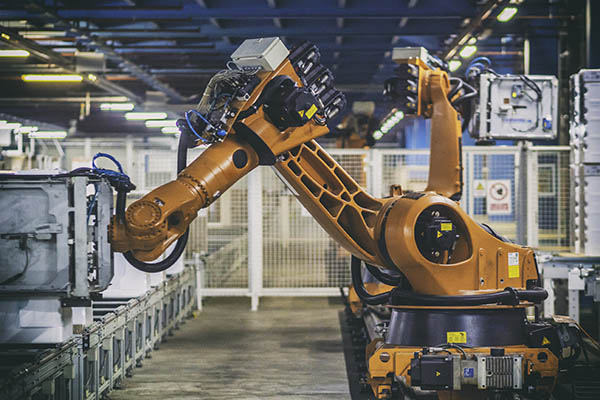
Found in Robotics News & Content, with a score of 4.13
…again interrupt supply in Japan, a supplier in Northern Italy, India, Mexico or the U.S. may be able to pick up the slack. In addition to strategic supply actions like those listed above, the top three actions being contemplated by respondents to potential future disruptions include partnering with vendors to better understand technology applications and business benefits (48%), piloting new technologies (42%), and increasing investments and budgets for innovative technologies (39%). Respondents also recognized that the supply chain of the future calls not just for the adoption of innovative technologies, but also for a different set of skills from supply…
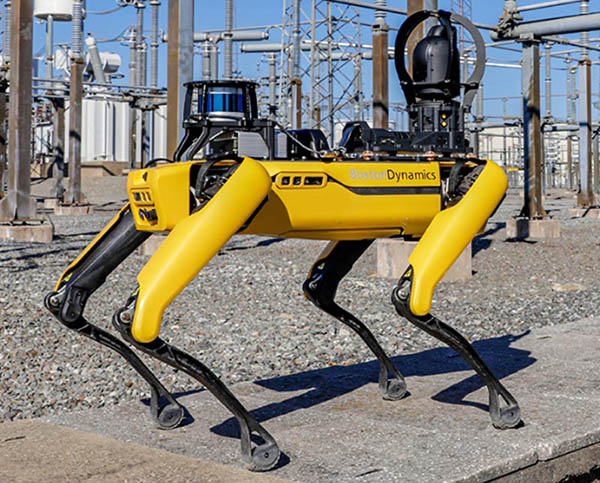
Found in Robotics News & Content, with a score of 8.04
Turn, Italy-based Reply S.p.A. yesterday said that it has developed an end-to-end architecture for autonomous mobile robots on Microsoft Azure that can enable new business applications across industries, reduce upfront costs, and allow for the rapid implementation of customer-specific use cases. “This platform sets the power of Microsoft Azure on the move by bringing it from the cloud to the edge and into highly advanced mobile robotic devices, giving them the autonomy to unlock novel business use cases,” stated Filippo Rizzante, chief technology officer of Reply. “Thanks to the agile reference architecture, we are able to implement customer-specific use cases…
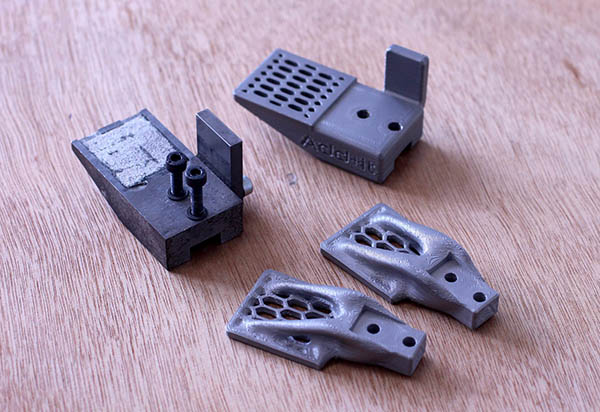
Found in Robotics News & Content, with a score of 6.82
…Conventional machining would take too long, so the Bergamo, Italy-based company turned to 3D printing with the help of Additive Italia SRL, Desktop Metal Inc., and nTopology Inc. Preziosa Francesco realized that CNC machines would require long lead times to create new grippers for its existing robotic cell and automated press bending machine. The company worked with design engineers from Additive Italia (Add-it) to move part production in-house, and it used nTopology's software for topology optimization. “A small part was reducing the value of the robot,” said Duann Scott, vice president of business development at nTopology. “By optimizing a small,…
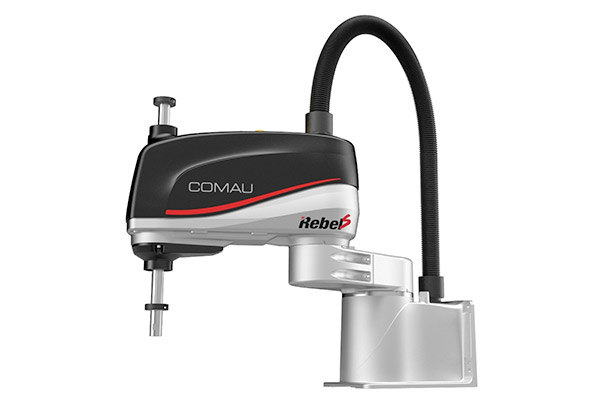
Found in Robotics News & Content, with a score of 7.40
…shorten time to market, and reduce costs. The Turin, Italy-based unit of Stellantis NV has more than 9,000 employees, seven innovation centers, five digital hubs, and eight factories across 14 countries. Milwaukee-based Rockwell Automation has about 23,500 employees in more than 100 countries. Rockwell Automation, Comau unify controls According to the partners, engineers will have one environment for programming their machines, including Comau robot arms directly controlled through Rockwell Automation’s Logix-based controllers. Rockwell said its Studio 5000 design software can provide relief from the time-consuming and often difficult task of trying to coordinate traditionally separate machine control and robot systems…
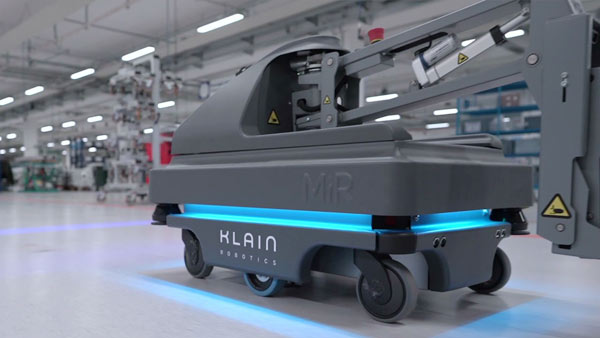
Found in Robotics News & Content, with a score of 6.12
…The Novazzano, Switzerland-based company's plant in Val della Torre, Italy, has more than 27,000 square meters (88,500 sq. ft.) of space, with 12,000 sq. m (39,300 sq. ft.) dedicated to production. Inpeco needed to optimize its processes and ultimately found a towing robot from Mobile Industrial Robots ApS. “As a manufacturer of automation solutions, the implementation of advanced technologies and the digitization of processes in our plant is a particularly relevant factor,” said Stefano Tolomeo, head of production at Inpeco. “That’s especially true from an Industry 4.0 perspective, which aims at continuous improvement of the quality and reliability of our…
Found in Robotics News & Content, with a score of 9.99
…supercomputers are built,” says Giuseppe di Franco, CEO of Italy at Atos. ”As Europe’s leading supercomputer maker, Atos has made a commitment to embracing these modern-day standards and is raising the bar in further democratizing the world of supercomputing.” Leonardo will be built from Atos’ BullSequana XH2000 supercomputer nodes, each with four NVIDIA Tensor Core GPUs and a single Intel CPU. It will also use NVIDIA Mellanox HDR 200Gb/s InfiniBand connectivity, with smart in-network computing acceleration engines that enable extremely low latency and high data throughput to provide the highest AI and HPC application performance and scalability. Learn more about…
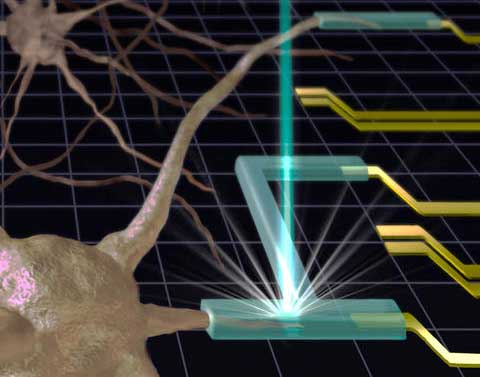
Found in Robotics News & Content, with a score of 9.28
…at NIST and at the Elettra Sincrotrone Trieste in Italy, solved the issue and demonstrated 3D gel printing in liquids by placing an ultrathin barrier—a thin sheet of silicon nitride—between the vacuum and the liquid chamber. The thin sheet protects the liquid from evaporating (as it would ordinarily do in vacuum) but allows X-rays and electrons to penetrate into the liquid. The method enabled the team to use the 3D printing approach to create gels with structures as small as 100 nanometers (nm)—about 1,000 times thinner than a human hair. By refining their method, the researchers expect to imprint structures…



